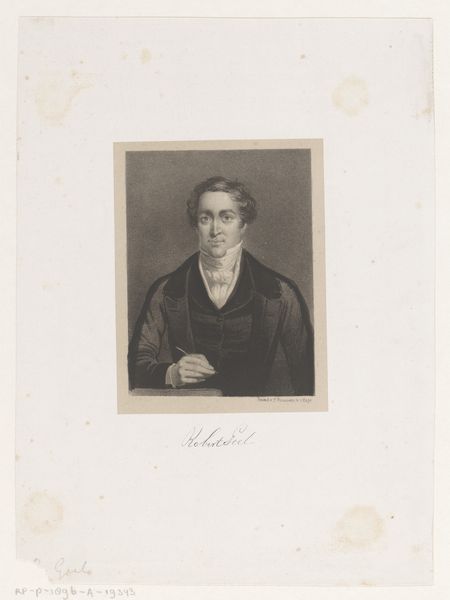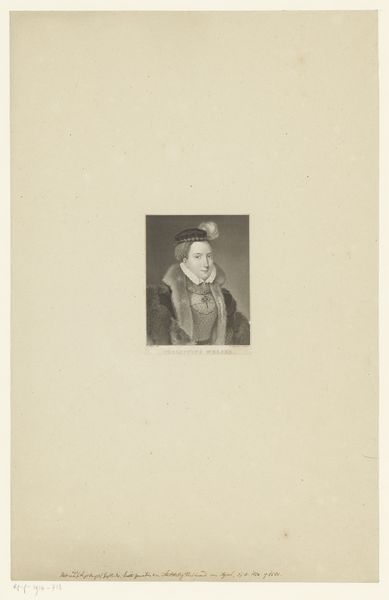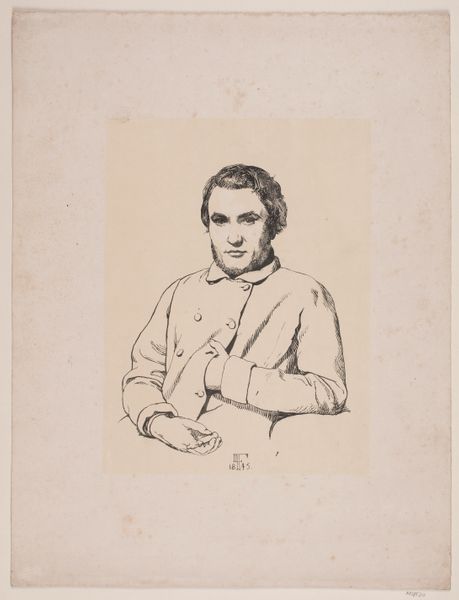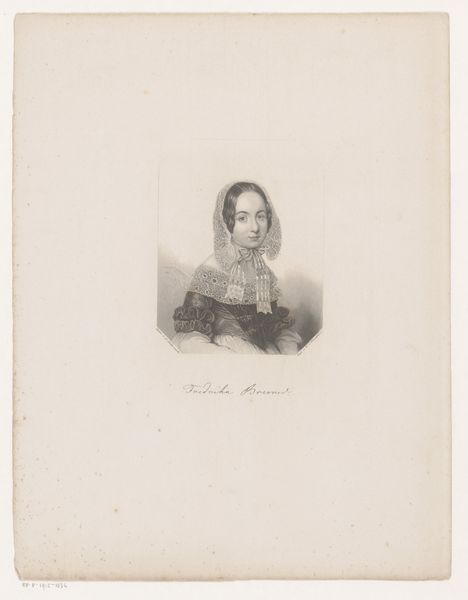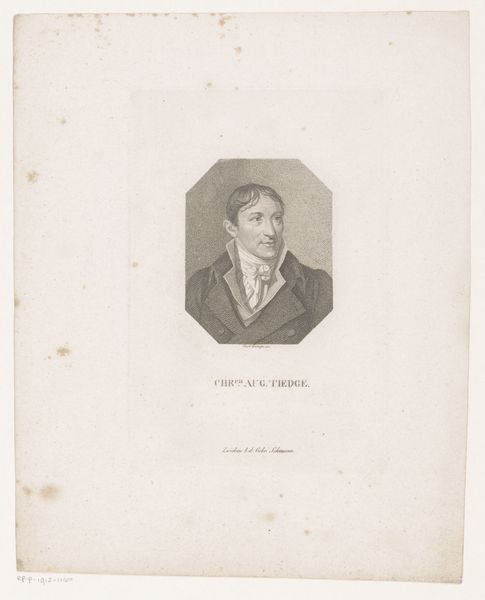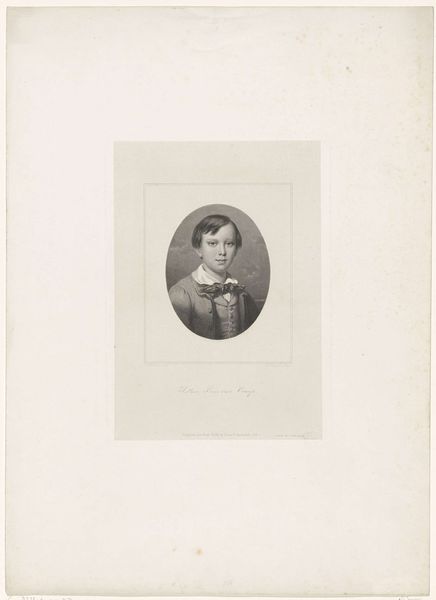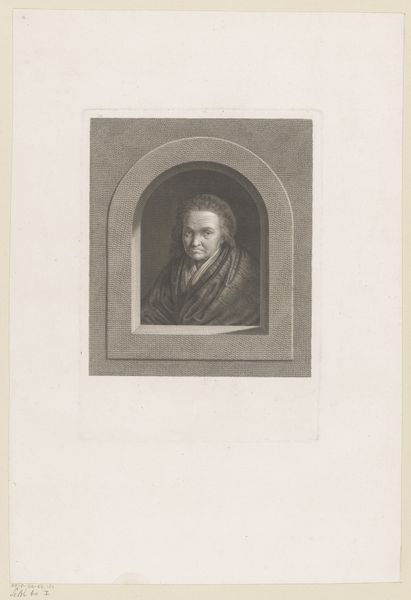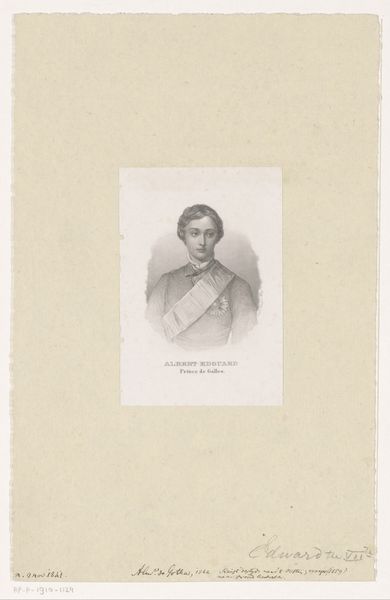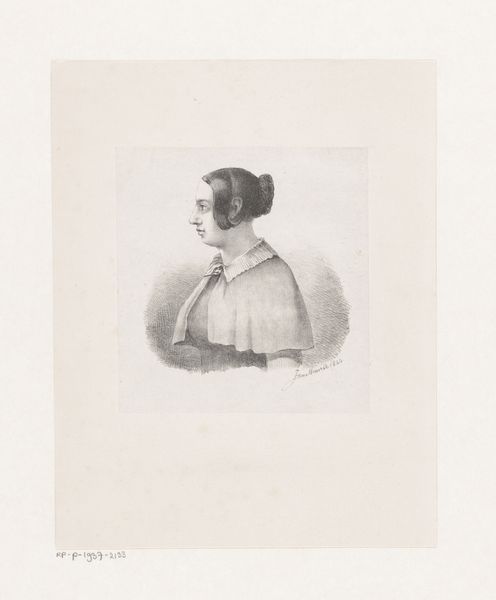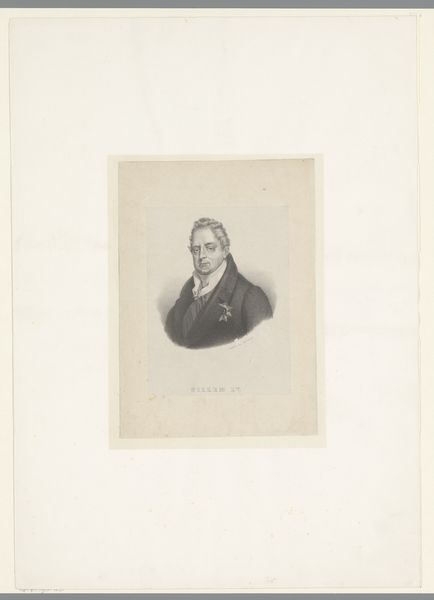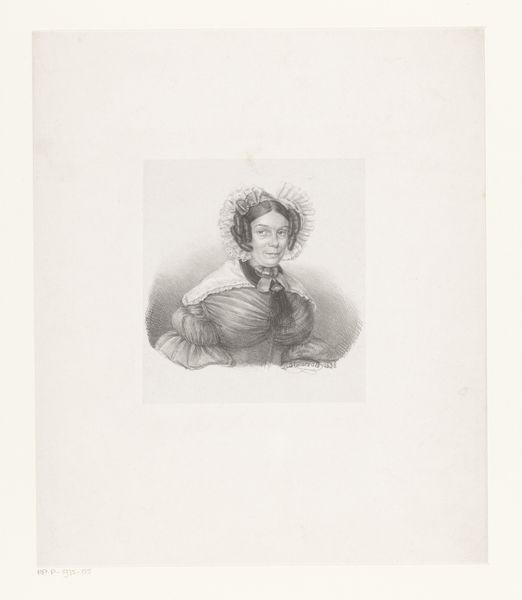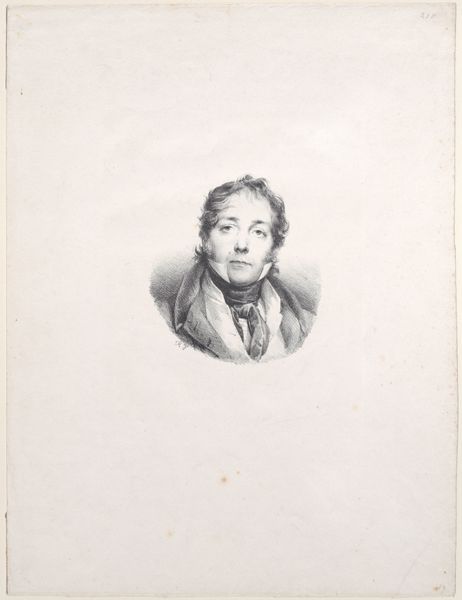
drawing, print, engraving
#
portrait
#
pencil drawn
#
drawing
#
negative space
# print
#
romanticism
#
men
#
genre-painting
#
history-painting
#
engraving
Dimensions: plate: 10 3/8 x 8 1/8 in. (26.3 x 20.7 cm) sheet: 12 3/16 x 8 3/4 in. (31 x 22.3 cm)
Copyright: Public Domain
Curator: The somber mood created by this engraving immediately catches my eye. Editor: Indeed. We're looking at the "Portrait of Robert Graves, Printseller," dating back to 1827, presently housed here at the Metropolitan Museum of Art. It offers an interesting lens into the printmaking trade of that period. Curator: What's particularly compelling is the medium itself—an engraving. Each line, etched with intention, reveals a meticulous and labor-intensive process. You can almost feel the artisan’s hand at work. What was printmaking’s social role during this time? Editor: Printmaking held immense power. It democratized art, allowing imagery to circulate widely through society, shaping public opinion and recording cultural and historical moments. Graves, as a printseller, stood at the center of this network, controlling access to images. The negative space is quite strong. Curator: That distribution aspect is essential, influencing both aesthetic tastes and what kind of imagery consumers purchased. It begs the question: Who controlled those printing workshops, and who was buying the prints? I wonder what class backgrounds and access determined what he prints and ultimately, sells. Editor: A key element for contextualization is that Graves isn’t just any figure; he’s Robert Graves, an important figure in the printing trade during this Romantic period. He's holding an example of a bank note there too. He contributed to establishing new printing techniques that expanded distribution in England. Curator: Notice the exquisite detail in rendering his clothing. The subtle sheen on the fabric of his coat, achieved solely through meticulously placed lines, is extraordinary. You see it, then also recognize that there's some clever deception happening too in that act of mechanical reproduction. Editor: I see it as more representational. These portraits affirmed identity and social standing in a rapidly changing world. Displayed in homes or studios, engravings like this broadcasted Graves' prominence to contemporaries and influence in visual and economic cultures. It's really that act of displaying taste, that seems like a romantic expression in art, really solidifying the medium's influence and importance as a popular technology of display. Curator: In the end, thinking through how images move through society helps contextualize not only what gets made, but by whom, and with what consequence to image economy. Editor: Seeing the work itself, even a portrait of someone as central to production reminds me that all images are products of labor but always stand within society.
Comments
No comments
Be the first to comment and join the conversation on the ultimate creative platform.
